69km Two Rivers Route
A real ‘gravel’ road, rather than the usual South-East mud-fests which masquerade as ‘gravel’.
Ride overview
Surely this has to be one of the best, if not THE best gravel ride within Greater London. Alright, half the ride is just across the border into Essex, but let’s not worry too much about that, for the fast gravel tracks are made for a grin-inducing day out on the bike. The route is through classic ‘edgelands’ countryside, that liminal hinterland with its mix of warehouses, undisturbed country, motorways and Roman tracks. Ride in heat of summer when the tracks are dry and fast, or in the shoulder seasons when there’s more colour to linger over. The route passes two of the finest houses in the South East and several Grade 1 listed churches, so if you’re looking for a gentler and more cultural day out, this route has you covered too.


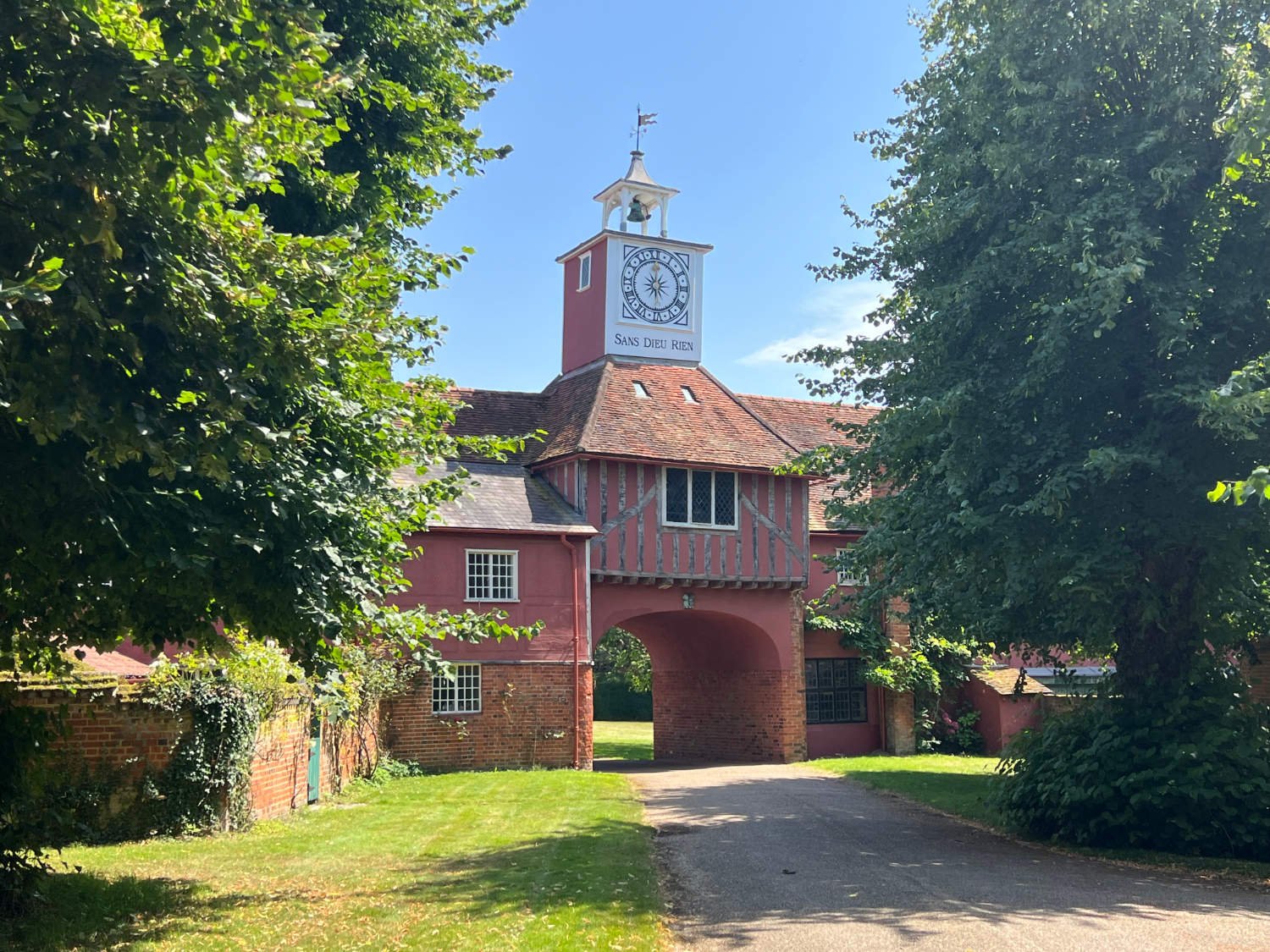
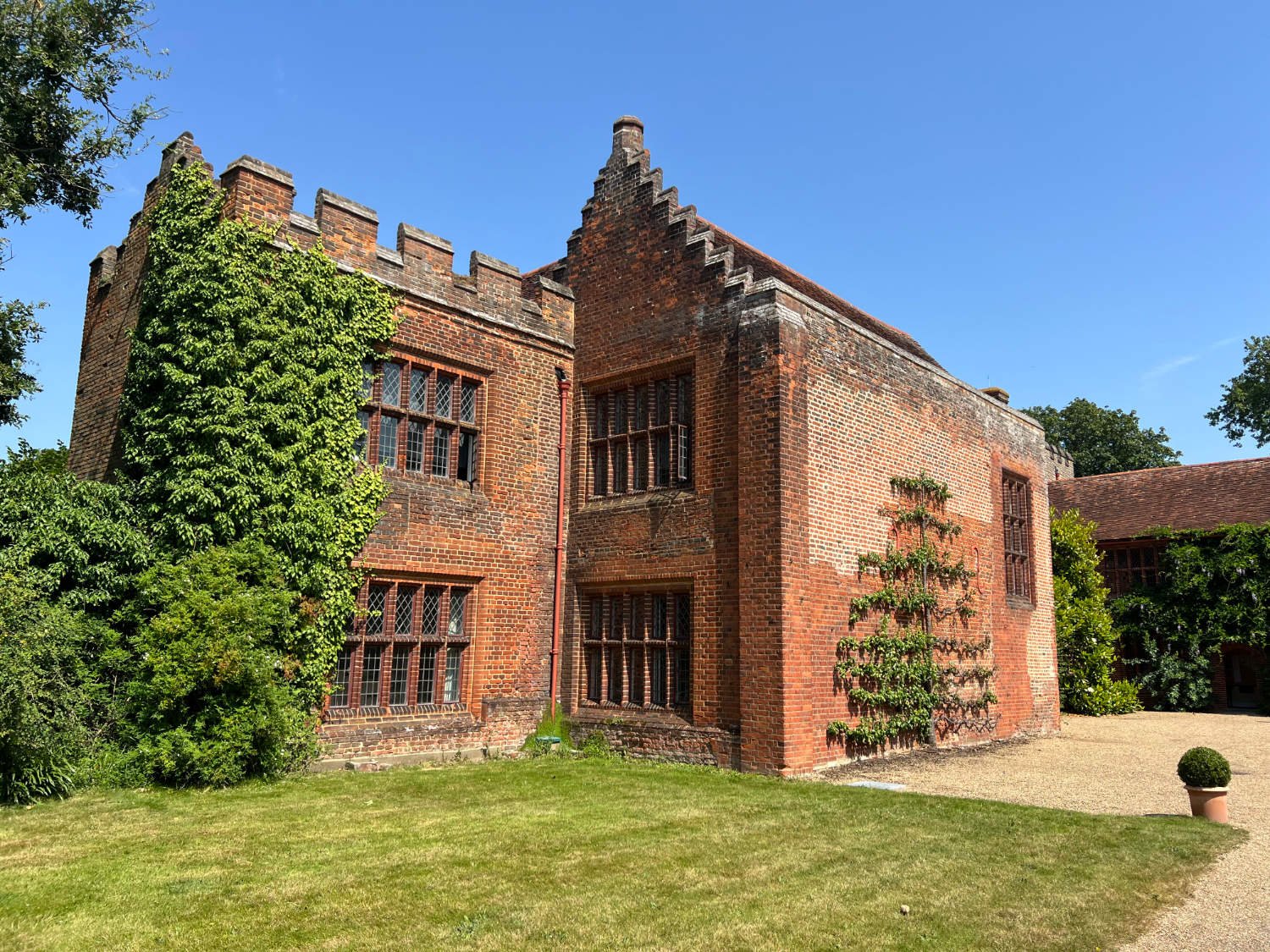

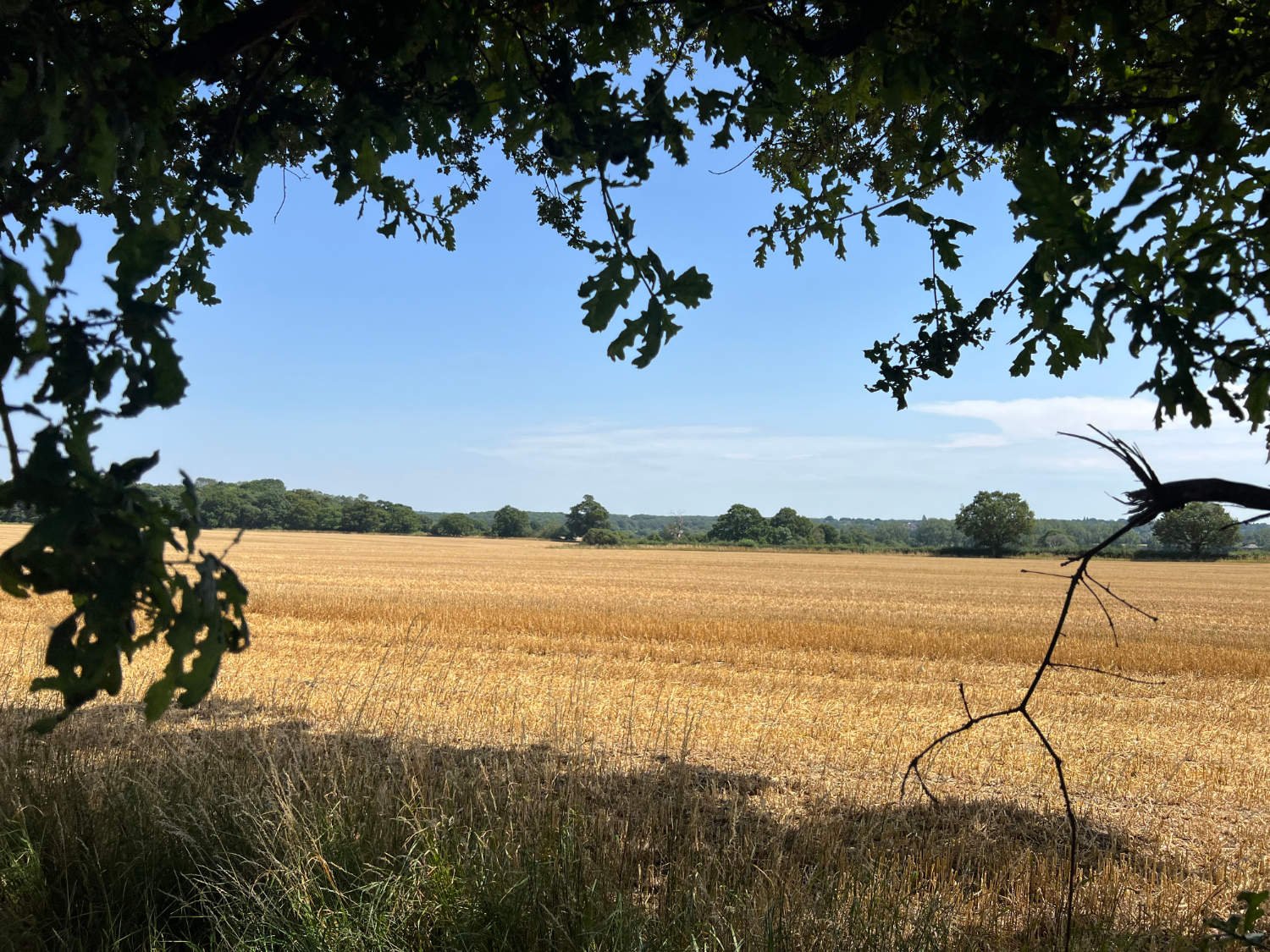
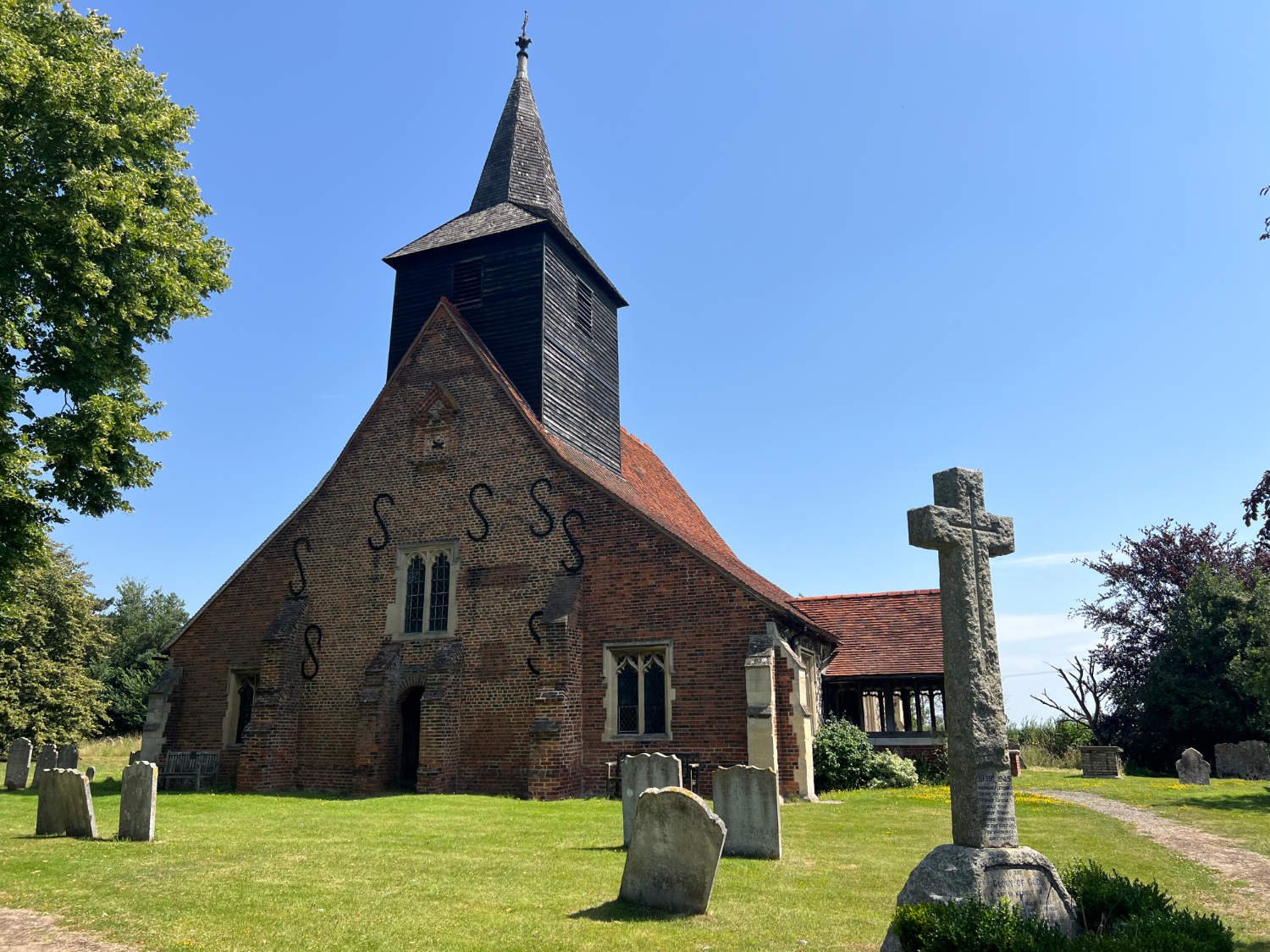

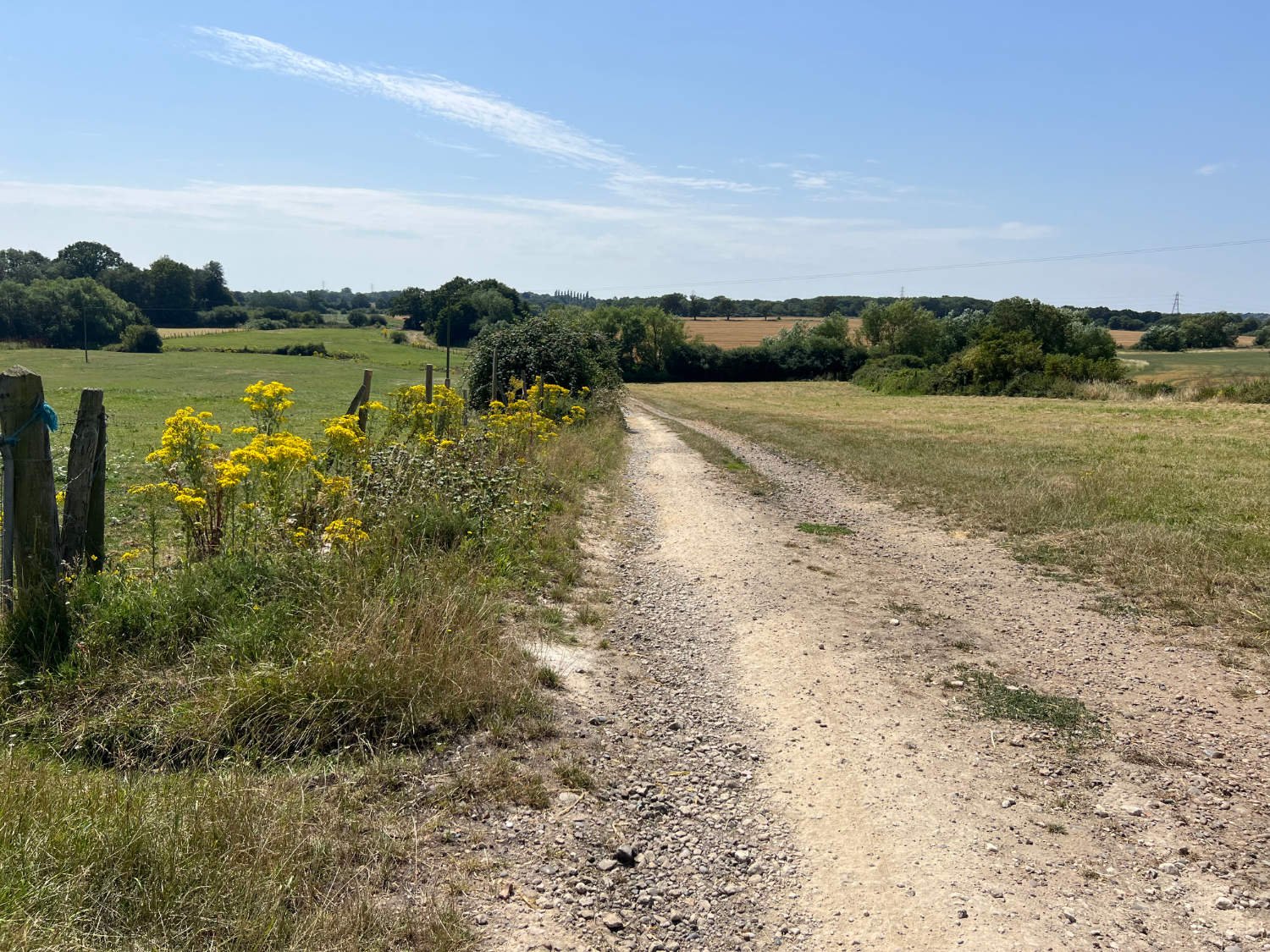


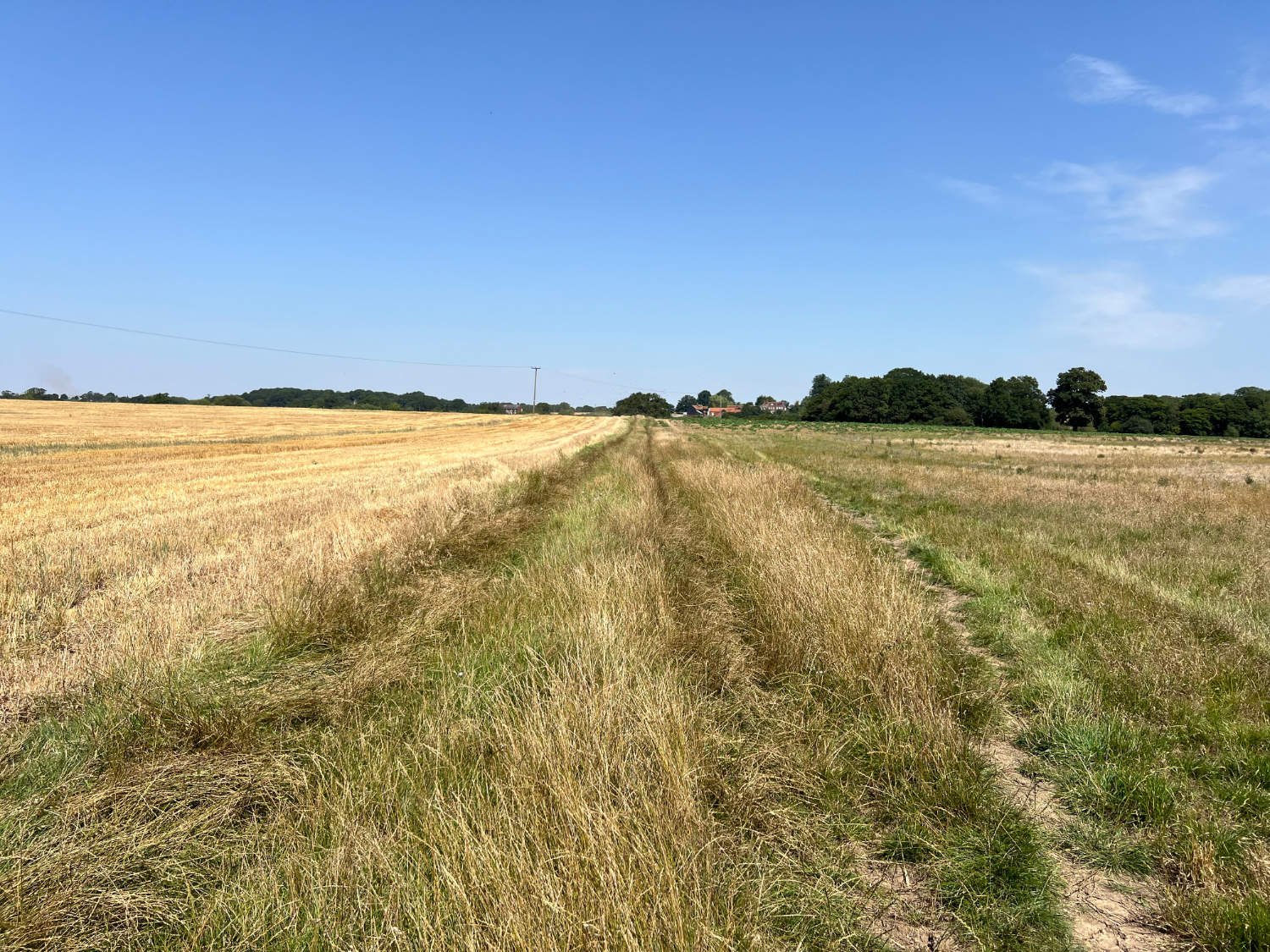
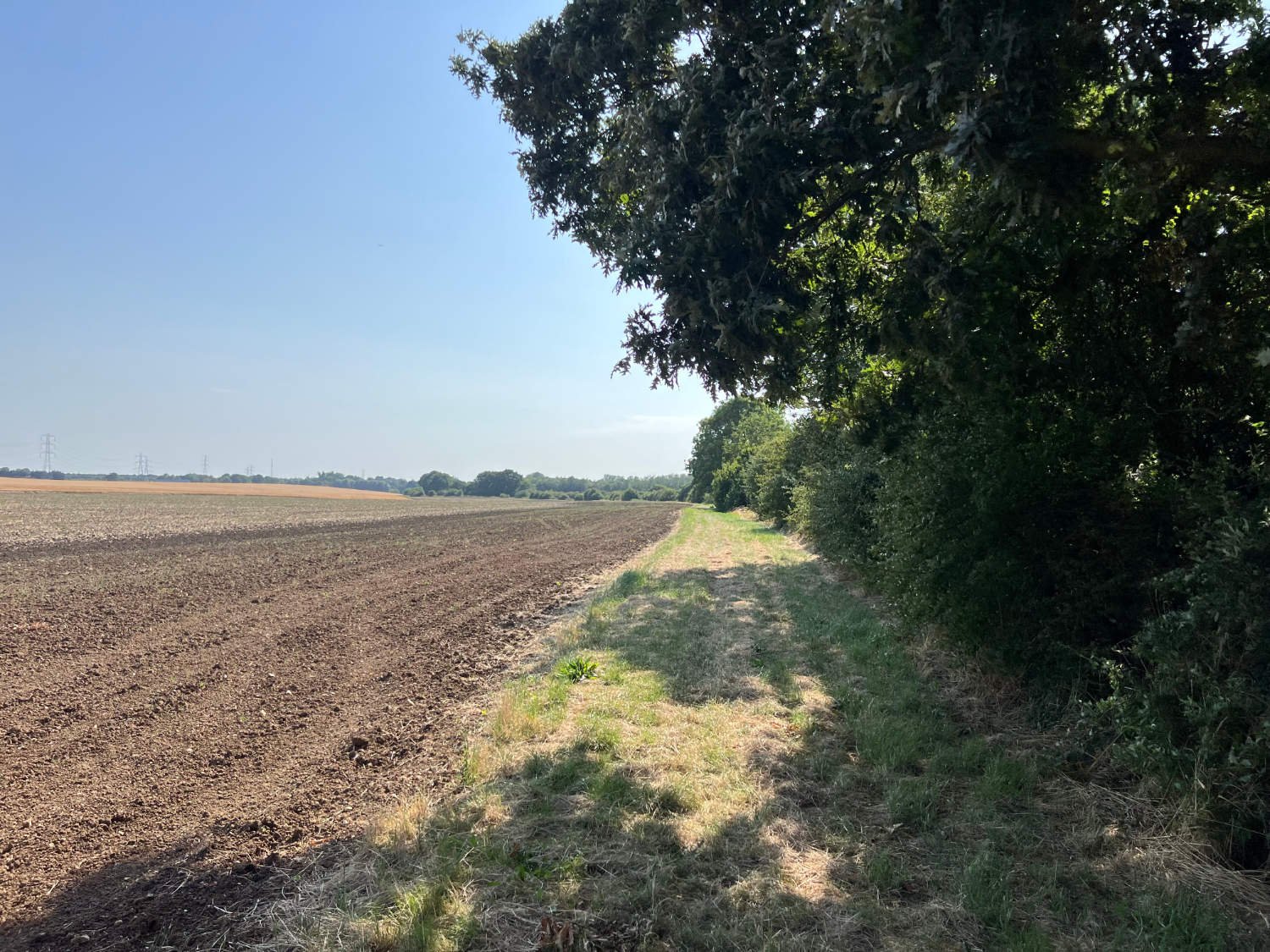
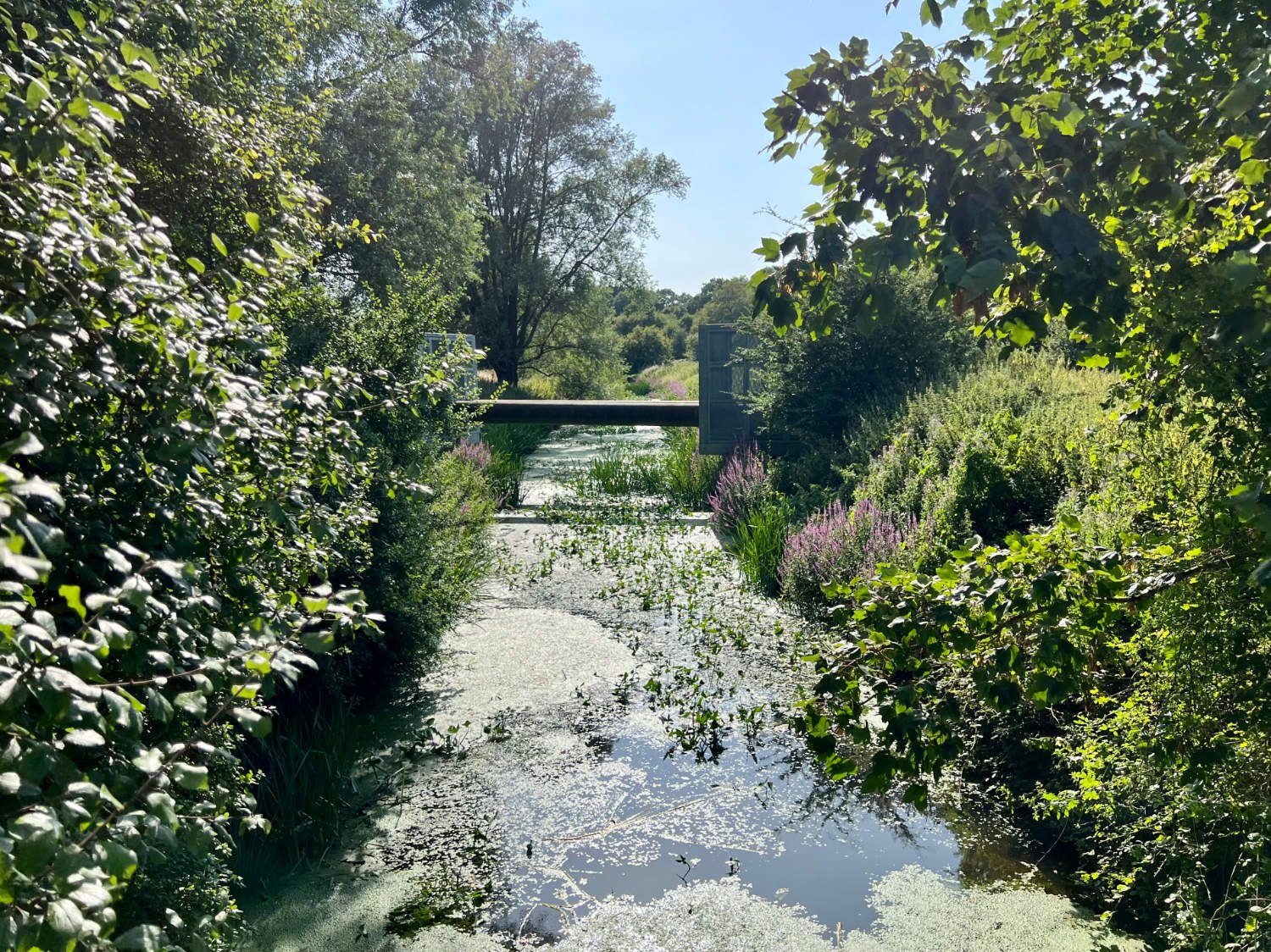

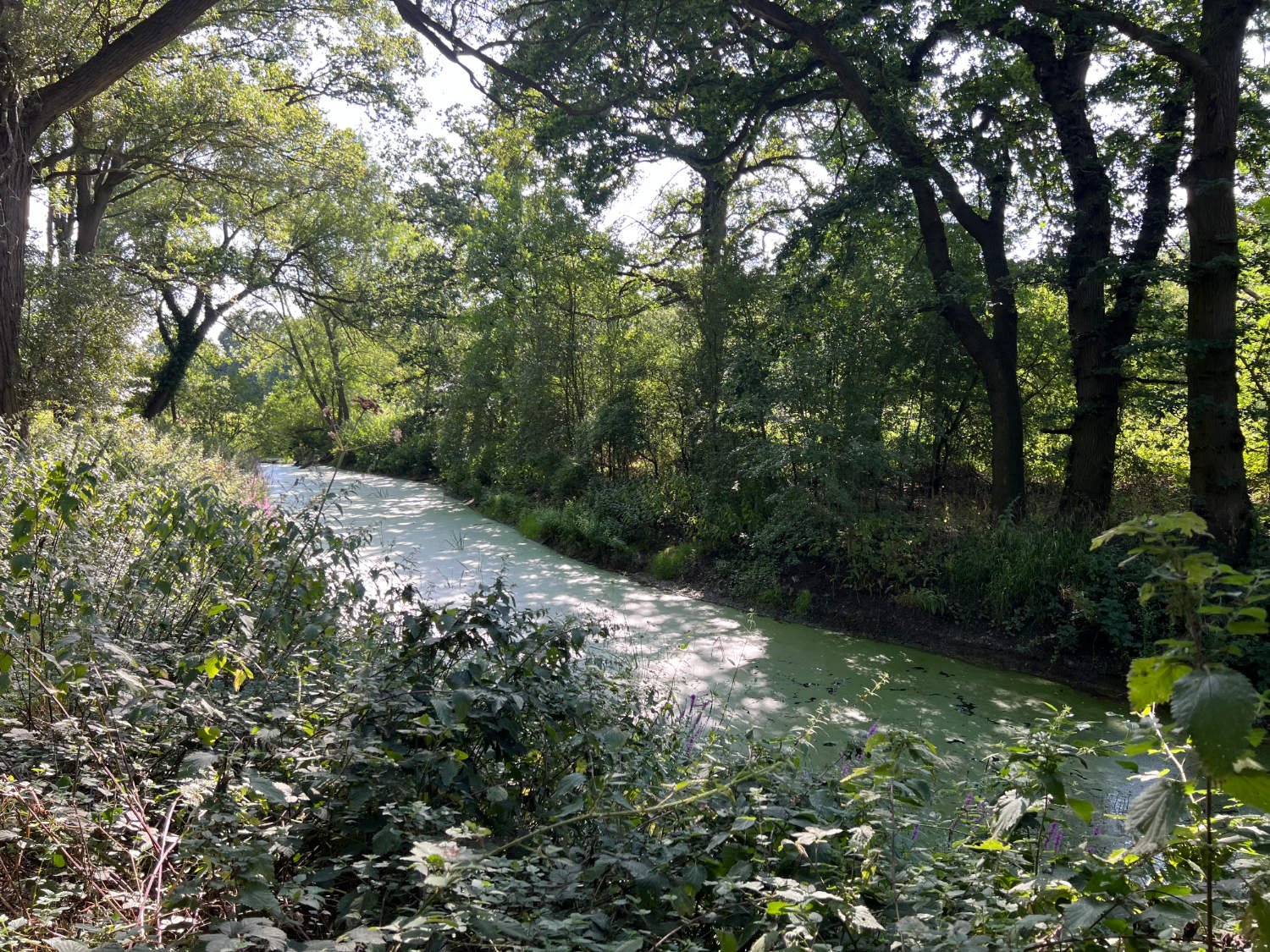
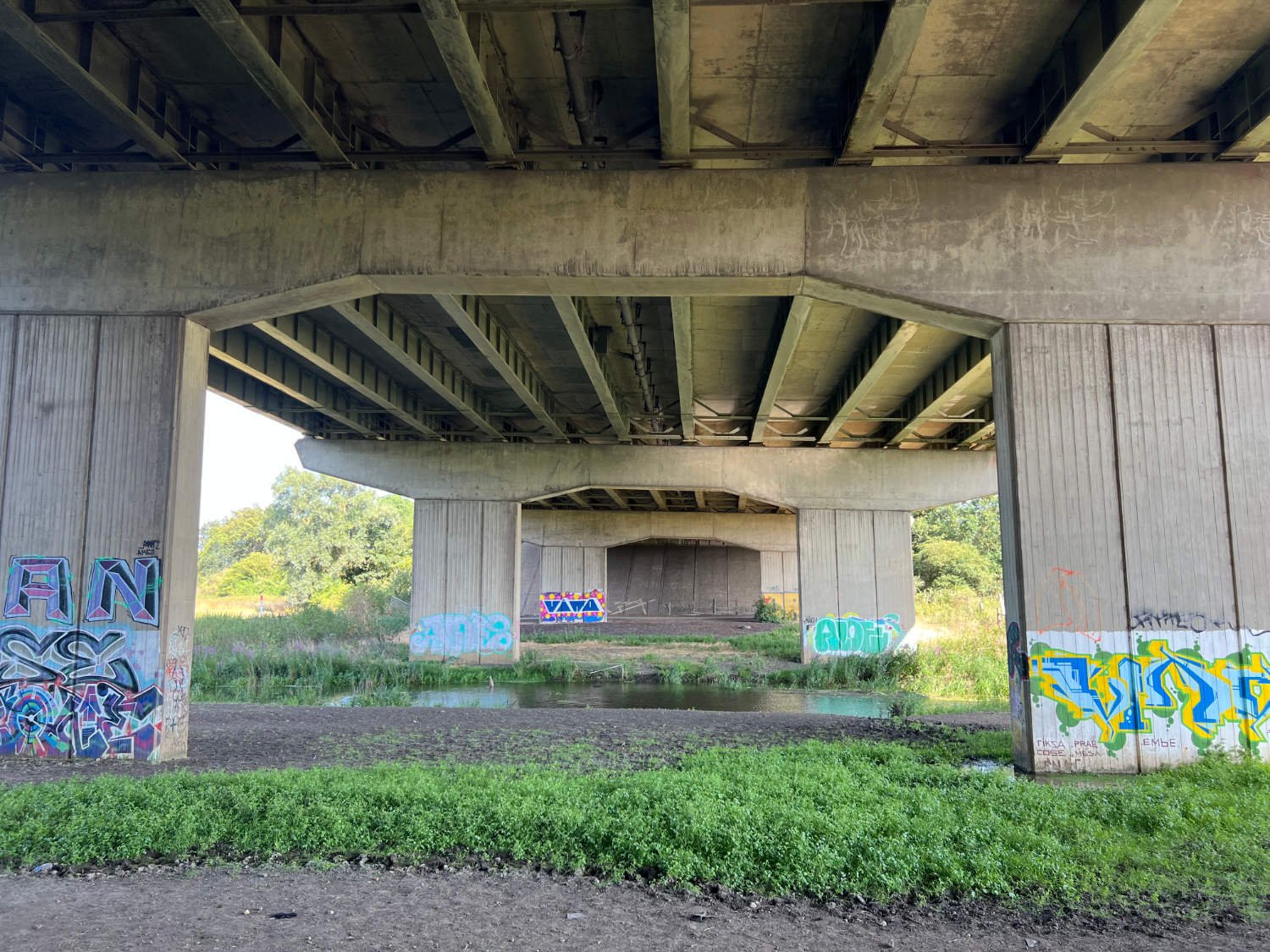

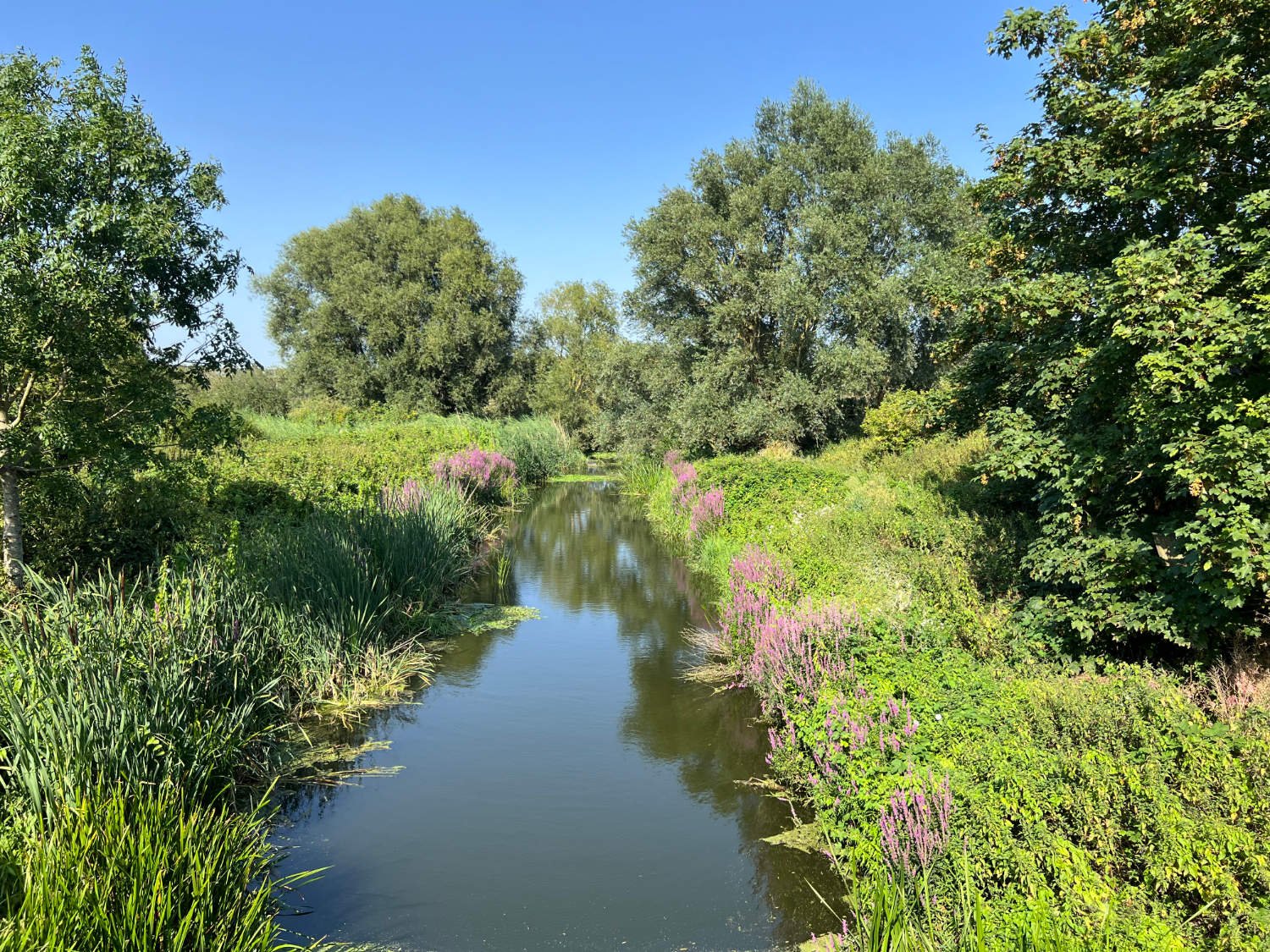
Ride practicalities
START/FINISH: Brentwood/Purfleet DISTANCE: 69KM. TOTAL ASCENT: 459m TERRAIN AND SURFACES: gravel/forest trails and some busy-ish minor roads without cycle protection. In winter, or after heavy rain, this route can be very muddy MAINLINE TRAIN SERVICES: Elizabeth Line to Brentford, C2C from Purfleet to Fenchurch Street LINKS TO OTHER RIDES: The Mar Dyke river ride, NCN 13, Bayswater to Purfleet Gravel riding on the London Essex border, The Tower to Southend RECOMMENDED FOOD AND DRINK; There are no refreshment places on this ride until you arrive at Rainham Marshes; RSPB cafe,
Ride Notes
The Elizabeth line, late and over-budget it may have been, has been a blessing for Londoners, especially for those seeking a rapid exit from the heart of the city to the countryside. Take the line to the last stop - Shenfield - where this ride begins.
There’s little reason to linger in Shenfield, so ride through its suburbs and you’re quickly into a countryside of wheatfields and ancient woodlands. Before long you arrive at the gates of Ingatestone Hall, one of the gems of the route. It’s only open on Wednesdays and Sundays. The house has barely been touched in 500 years and is all the better for not being on the ‘Great Houses’ circuit - which it should be. The cafe serves wonderful homemade cakes and lunches if you’re in need of a re-fuel.
The Ford at Mountnessing
After the Hall, it’s a case of ‘let the gravel begin’. You race/potter depending on mood beside fields, alongside ancient hedgerows and centuries old oak trees. At Mountnessing, there’s the first of many beautiful churches and another very imposing hall. Take the bridleway with its very rickety gates, cross the ford - there’s no way around this relatively shallow waterway, so through you go. The gravel road continues to the railway crossing, where the second hazard awaits. To access the railway, you have to endure a Gladiators styled trial of water and very wobbly planks.
Approach to the railway crossing. It’s often filled with water
At the end of this gravel sector, there’s a short stretch of busy-ish road passing more nail parlours, dog grooming and christian sects churches than you could possibly credit, before you’re onto Tye Common, passing the Cosy Cup (coffee and cake) and onto the next gravel sector. One of the minor curiosities of this route is the range of businesses; dog grooming, digger and trucks hire, pools and spas, mobile home buyer centres, and cateries. Another gravel section on a by-way takes you to a main road, which carries you across a dual carriage-way.
The reed choked, Mar Dyke
Ride down the appropriately named Fen Lane, (this was Fenland until its 18th century draining), before arriving at the start of the Mar Dyke Way. The river is in need of a great deal of love, having failed a Department of Environment test due to the wash-off from the industrial fields. That said, nature is not giving up; there are dragonflies to marvel over, various warblers to tune into, luscious greenery to bask in. Depending on the season, there are numerous flowers to add sparkle to the ride. To your left as you ride, there are as many solar panels and pylons as there are stalks of barley. The base notes is the distant rumble of traffic grumbling towards the QEII Dartford Crossing. The riding over lumpy and grassy ground - or muddy after rain- is fatiguing, but with so much to enjoy, you’ll not notice the strain.
At Stifford, the track becomes gravelly again and you ride under cliffs formed by the Thames when it wandered over these parts after the melting of the ice, 12,000 years ago. You pedal under various road bridges, each a cathedral of concrete and steel. Spray painted figures are the new angels.
Then, it’s Purfleet. Noisy riding beside busy roads which feed the Thameside docks. Brambles and buddleia line the traffic-free cycle paths into the town. In distant days, Purfleet doubled up as a gunpowder depository and an isolation unit for smallpox victims. Today, the governments of various colours have turned their back on the poverty and desolation. So ride on, towards the incomparable Rainham Marshes.
This is London’s biggest open space - a hazy mix of rustling reeds, jokes, a river, D-Day barges and a diver. It’s internationally famous for its bird-life, which is brilliant for birds fly from all corners of the planet to roost, feed and breed whilst lorries rumble along the A13 flyovers.
The Mardyke Way
At Rainham, once an important Thames crossing, you have the opportunity to pause at both the ‘most beautiful Thameside house, Rainham Hall’ (where even if the house is not beside the Thames, there’s a great cafe serving lunches) along with Rainham church, one of the oldest in London. Once out of the town, you begin another long stretch of traffic-free riding on NCN 136, which runs beside the river Ingrebourne. Look out for bits of runway, pill boxes, and other quietly wasting remnants of Hornchurch RAF base, which was one of the foremost airfields in the Battle of Britain. The riding is luxurious; a metalled path weaves between willows and water meadows. It’s a bird rich area and the Essex Wildlife Centre will sell you any number of books to help you identify what you see grazing, swimming, gliding, flying, pecking, and chirping in the reeds.
Upminster has to be negotiated on mainly traffic-free cycle paths before you turn onto Tylers Green - where Wat Tyler assembled his army of Peasants in 1381 before their march on London. A bridlepath takes you over the M25, before more gravel riding on superb trails takes you towards Brentwood. If it’s a Thursday, you may be tempted to stop at Great Warley church, which has a Grade 1 listing and is one of the rarest ecclessiatical interiors of any church in England. Stop and you’ll see why.
A short pedal takes you into Brentford station, where an Elizabeth line train will whisk you back into town. If there’s a wait, why not make a journey up to Brentwood’s Cathedral, one of the few purpose built twentieth century cathedrals in the country.
And as you sit on the train, with your legs throbbing, hunger rubbing your belly, and dust coating your legs, you might wonder if you have not just ridden the capital’s best London gravel ride.
Every route on this website has been carefully researched as well as ridden. However situations on the ground can change quickly. If you know of changes to this route, or cafes, pubs and the like which you think other cyclists need to know about, feel free to share your thoughts below.
If you enjoyed this guide, why not subscribe to the website so as not to miss other inspirational routes?
wheremywheelsgo.uk is a Feedspot UK Cycling top website




